1. Acura MDX Hybrid: Technology Overview and Analysis
From Honda to Acura, from luxury sedans to high-performance sports cars, the Acura brand embodies the essence of Japanese craftsmanship. It shares many similarities with competitors like Lexus and Infiniti. All three are premium Japanese brands that primarily target overseas markets, especially the United States. In China, however, Acura has struggled to gain traction in terms of sales. Despite the fact that the hybrid version of the MDX uses the same technology as the high-performance NSX, it still faces criticism from netizens who jokingly refer to it as a car for millionaires. But is this updated MDX truly different from its predecessors?
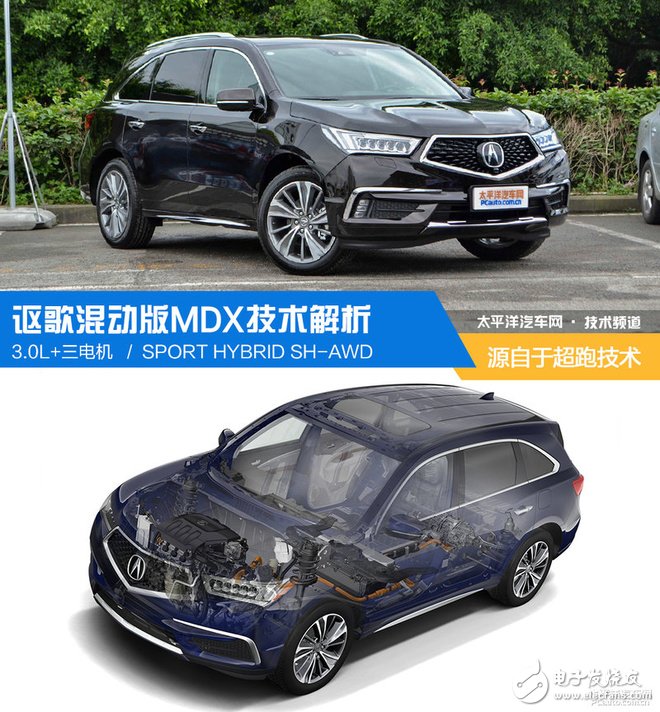
Acura was born in the U.S., despite its Japanese heritage. Its sales are largely driven by the American market, as it doesn't have a strong presence in Japan. In modern terms, it can be considered an "ABJ" — America-Born Japanese. Recently, models like the CDX and TLX have been introduced to the Chinese market, signaling a growing effort to expand Acura’s footprint in Asia.
Acura MDX Sport Hybrid – Technology Overview
The new MDX remains the third-generation model but has undergone significant changes, particularly in its powertrain. Instead of the old 3.5L V6 engine, it now features a "3.0L V6 + 7-speed dual-clutch transmission + three electric motors" system. The front grille also received a fresh, more modern design.
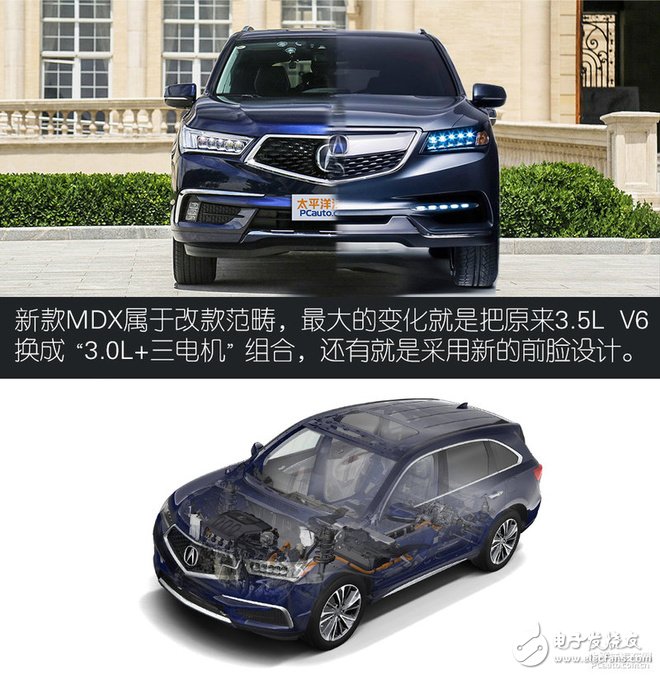
The core of the hybrid system is a 3.0L V6 engine paired with a 7-speed DCT. A small motor is integrated into the transmission to assist the front wheels. Many people wonder about the purpose of the other two motors.
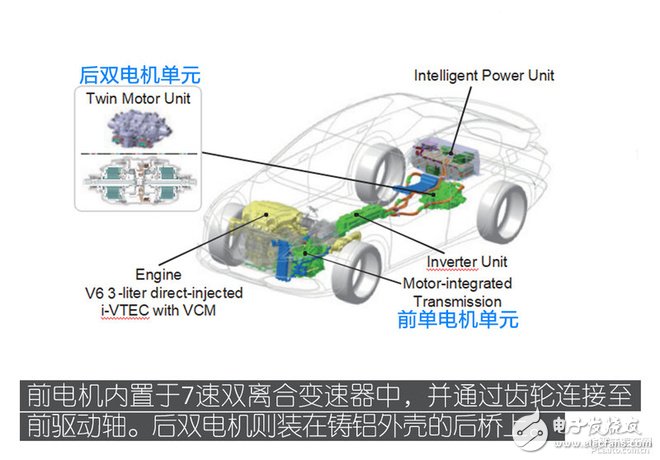
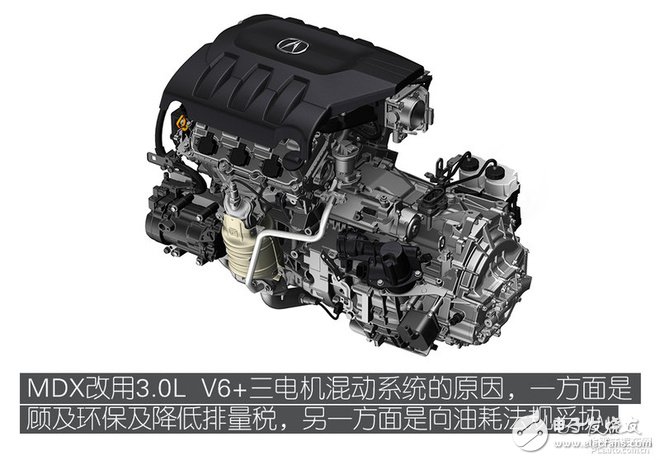
These two rear motors replace the traditional mechanical SH-AWD system, allowing for independent torque distribution to each rear wheel. This enhances cornering performance by increasing the torque on the outer rear wheel during turns. Unlike the older V6 model, this setup eliminates the need for a complex mechanical transmission, resulting in improved efficiency and responsiveness.
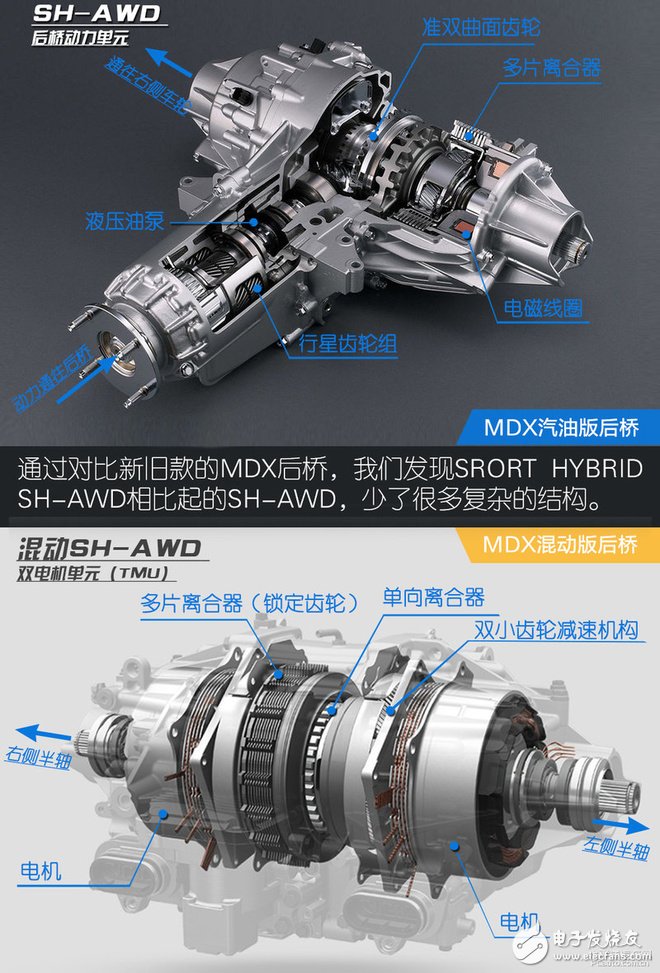
This year, Acura made a bold move by replacing the conventional MDX with a hybrid version. While this shift may seem drastic, it's partly due to environmental regulations and fuel economy standards. The hybrid MDX offers better fuel efficiency than its non-hybrid counterpart, achieving around 7.9L/100km — a 22% improvement in fuel consumption.
MDX Hybrid System Technology Analysis
The Acura MDX hybrid system consists of a 3.0L V6 engine, a 7-speed DCT with an integrated motor, a Power Drive Unit (PDU), an Intelligent Power Unit (IPU), and a Twin Motor Unit (TMU). These components are strategically placed under the front seats, which allows for a flat floor in the rear, maximizing legroom without sacrificing cargo space.
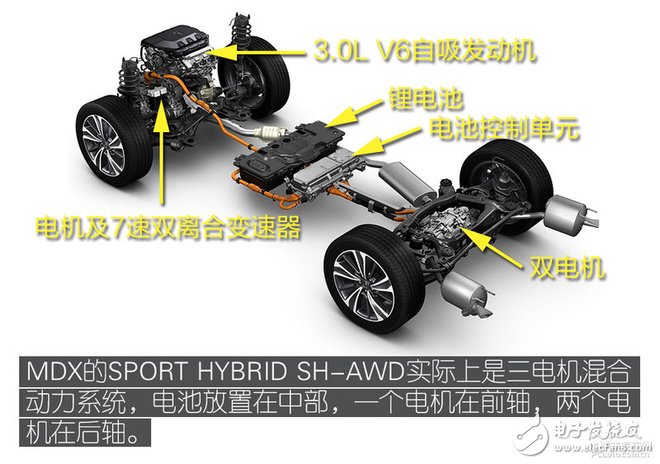
3.0L V6 Engine
The 3.0L V6 engine replaces the previous 3.5L unit, offering a more efficient and powerful hybrid solution. Although the displacement is reduced, the combined output of the three motors significantly boosts performance. However, some drivers may miss the smoothness of the larger V6 engine during overtaking.

The 3.0L engine delivers 192kW (261PS) and 296Nm of torque. With the help of the three motors, the total power increases to 239kW (321PS) and 391Nm, outperforming the standard MDX by 23kW (31PS). Fuel efficiency improves by 45%, making it one of the most efficient large SUVs in its class.
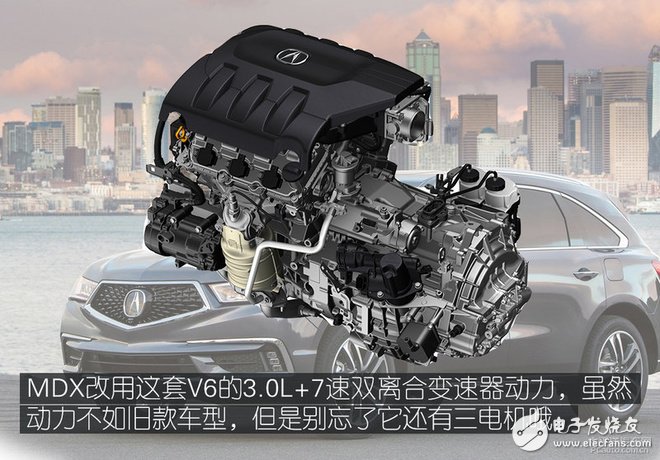
7-Speed DCT Transmission
The 7-speed DCT works seamlessly with the hybrid system, providing smoother gear shifts compared to the older 9-speed automatic. However, the hybrid system's continuous operation can sometimes result in motor noise even when downshifting.
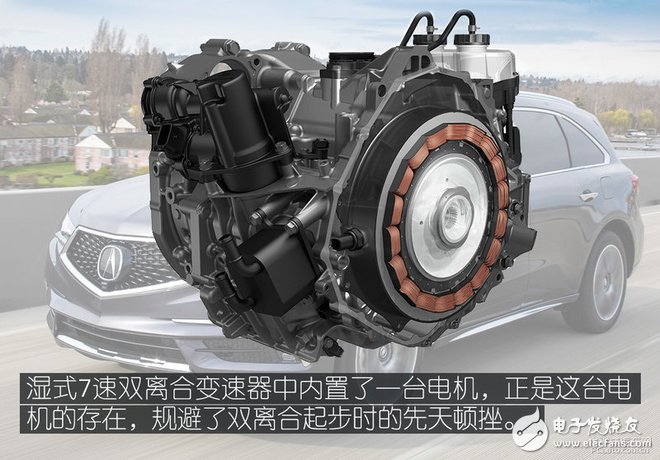
Three Motors: Not So Small After All
The three motors are positioned at the front and rear axles. The front motor provides 47PS of power and serves multiple functions: assisting the V6 engine, regenerative braking, and charging the battery. The rear axle houses two TMUs, each delivering 36PS of power. These motors enable advanced torque vectoring, improving handling and stability during corners.
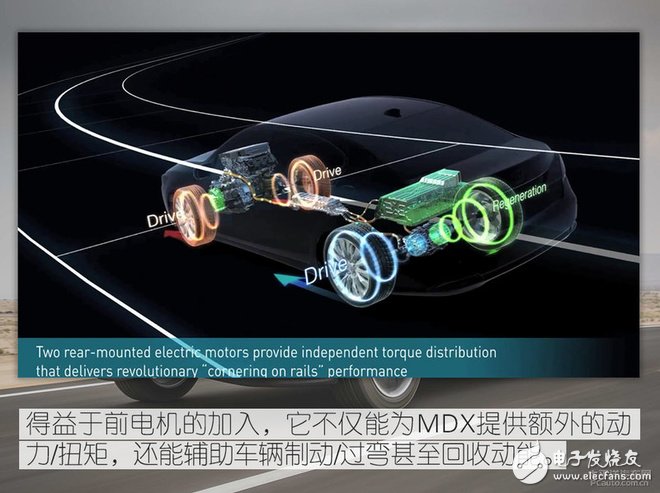
Power Control Unit (IPU)
The IPU, consisting of 72 lithium-ion batteries, is located under the center console and cooled by air. This design optimizes space and weight distribution while maintaining high energy density. The battery system was refined from the RLX Sport Hybrid, featuring improved electrode materials and higher power density.
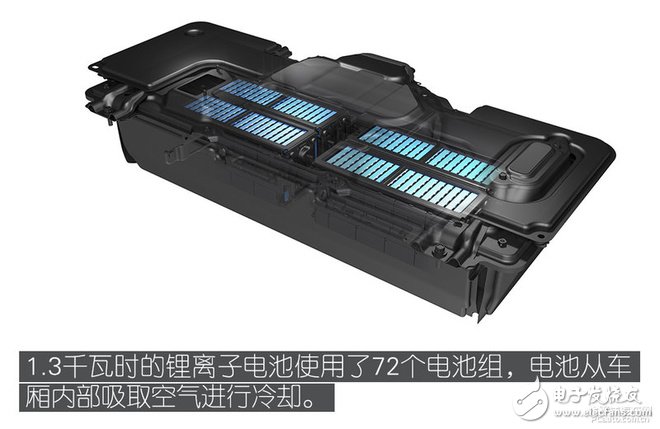
Power Control Unit (PCU)
The PCU, installed beneath the passenger compartment, is liquid-cooled and manages the power distribution between the three motors. It converts DC power to AC, ensuring efficient operation of the hybrid system.
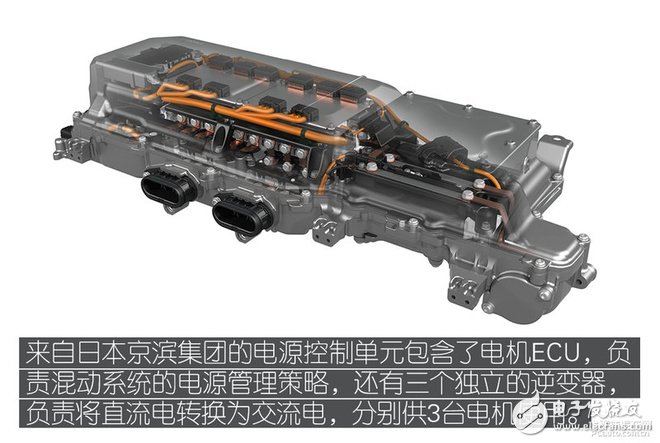
2. Acura MDX Hybrid Four-Wheel Drive System – Technology Analysis
After exploring the hybrid system, let's dive into how the MDX transforms power into driving force through its four-wheel drive system.
Understanding Honda's SH-AWD and SPORT HYBRID SH-AWD systems is key. While traditional SH-AWD relies on mechanical components, SPORT HYBRID SH-AWD integrates advanced electronics, representing Honda's cutting-edge technology.
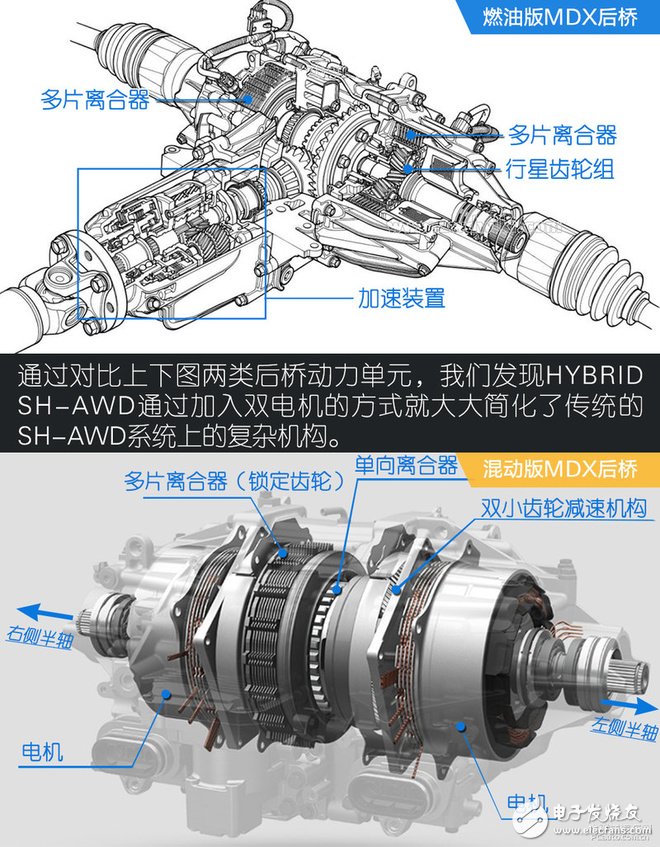
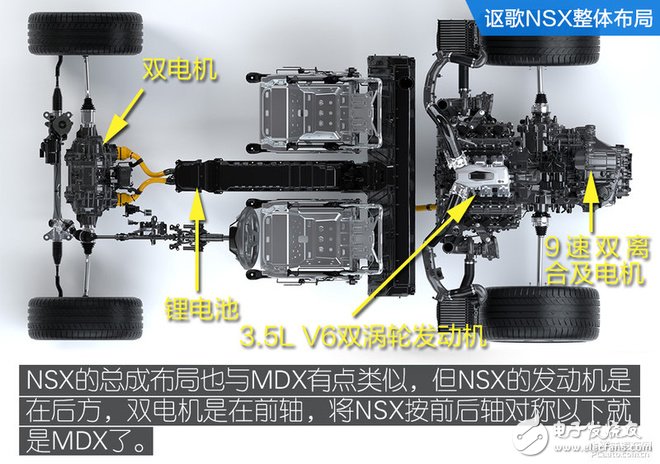
Traditional SH-AWD allows torque distribution between front and rear axles, ranging from 70:30 to 30:70. The rear axle can distribute torque from 0 to 100%. For a visual explanation, refer to the animations provided.
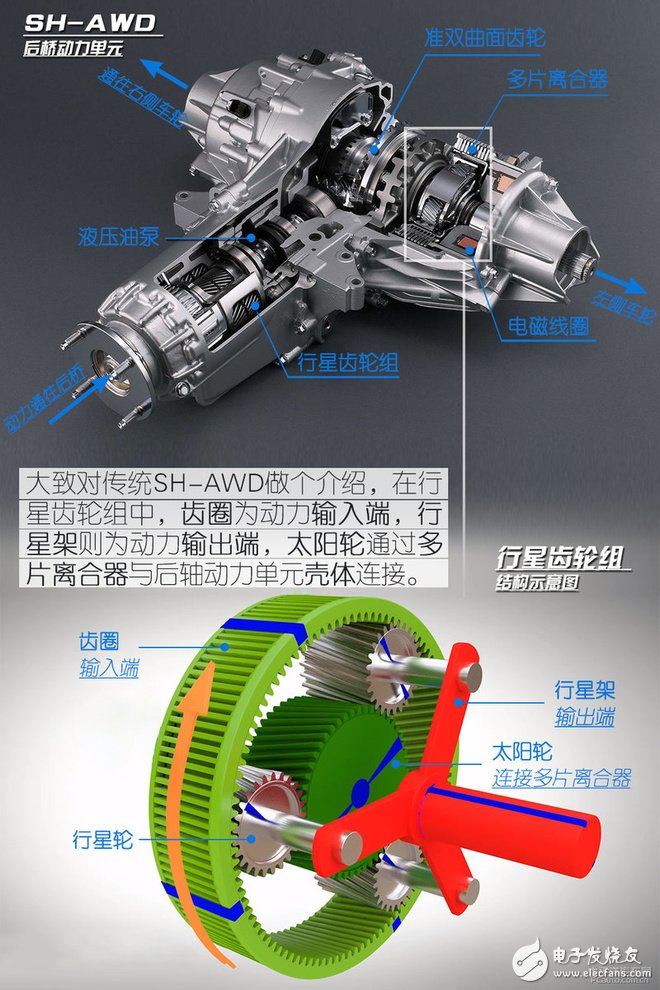
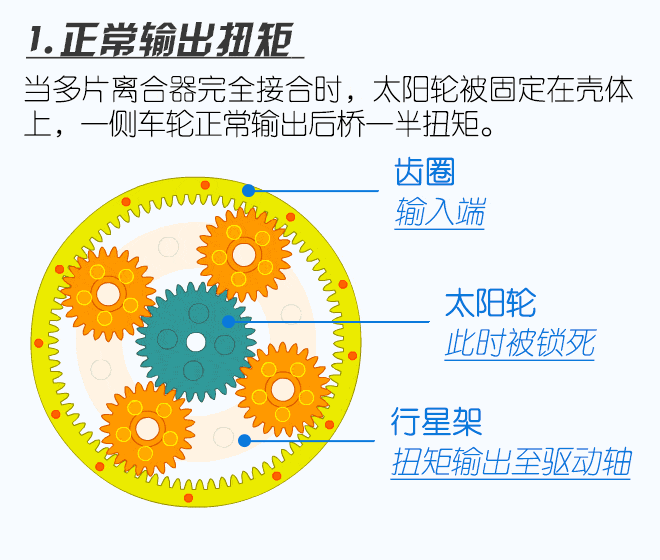
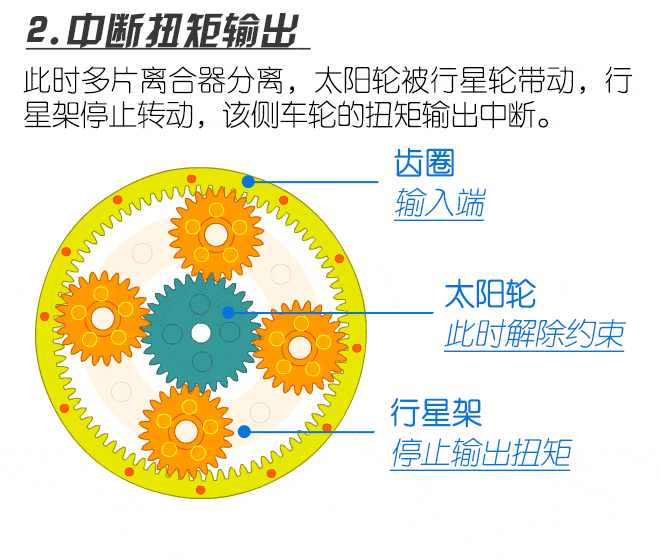
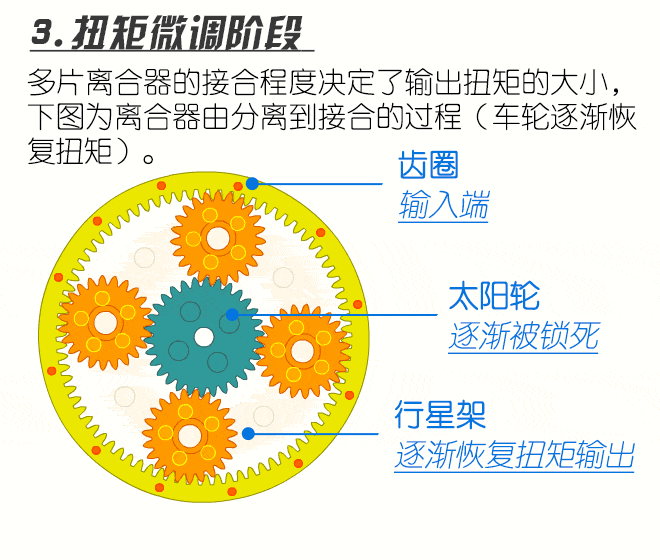
What makes the SPORT HYBRID SH-AWD on the MDX special?
The hybrid version of MDX introduces a sophisticated four-wheel drive system derived from the Acura RLX Sport Hybrid. It combines elements from the NSX, showcasing Honda's top-tier engineering. As the first mass-produced hybrid SUV, the MDX represents a major step forward in hybrid technology.
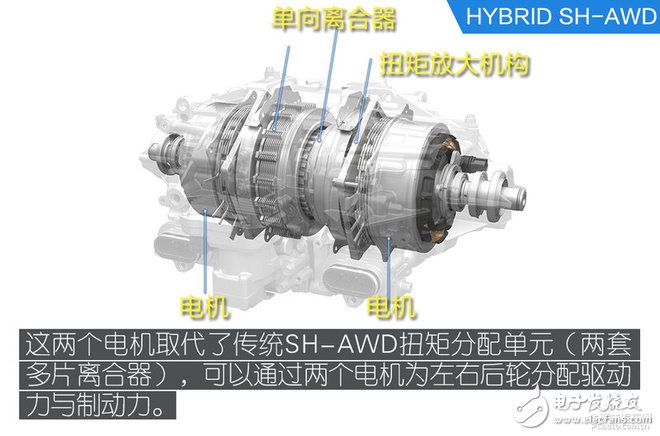
At the heart of the SPORT HYBRID SH-AWD system is the rear axle, driven by a twin-motor unit (TMU). These two motors replace the traditional multi-plate clutches, enabling precise torque distribution to the left and right rear wheels. This enhances both performance and safety.
MDX Hybrid SH-AWD Driving Modes
The steering vector technology used in the MDX differs from that in the NSX. While the NSX focuses on high-performance handling, the MDX prioritizes safety and comfort. It includes driving modes for urban, off-road, high-speed crosswinds, and snowy conditions, all optimized for fuel efficiency and control.
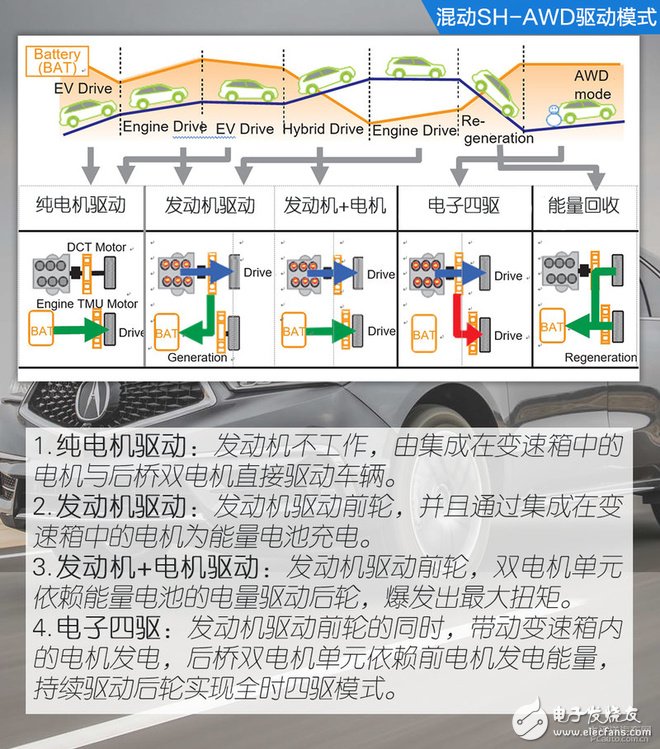
The MDX hybrid offers four driving modes: pure electric, engine-only, engine + motor, and electronic four-wheel drive. At speeds above 90km/h, the rear motor takes over, while the engine engages again below 65km/h. This logic maximizes performance and efficiency, as explained by Acura engineers.
Conclusion
By integrating the hybrid technology from the NSX into a large seven-seat SUV, Acura has successfully enhanced the MDX's performance, safety, and fuel efficiency. The system reduces complexity, saves space, and meets strict emissions standards. Acura's goal with the V6 hybrid is to deliver V8-like power with the fuel economy of a four-cylinder engine. Whether this will revive Acura's sales in China remains to be seen, but only time will tell. After all, sales are the ultimate proof of success.
Carbon Fiber Insulation And Heat Insulating Board
Carbon Fiber Insulation And Heat Insulating Board,Carbon Fiber Refractory Material,Octagonal Carbon Fiber Board,Civilian Carbon Fiber Vacuum Furnace
HuNan MTR New Material Technology Co.,Ltd , https://www.hnmtr.com